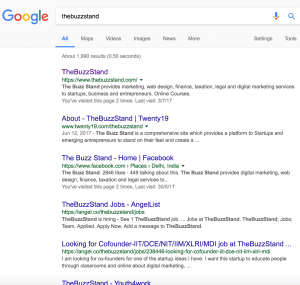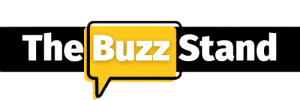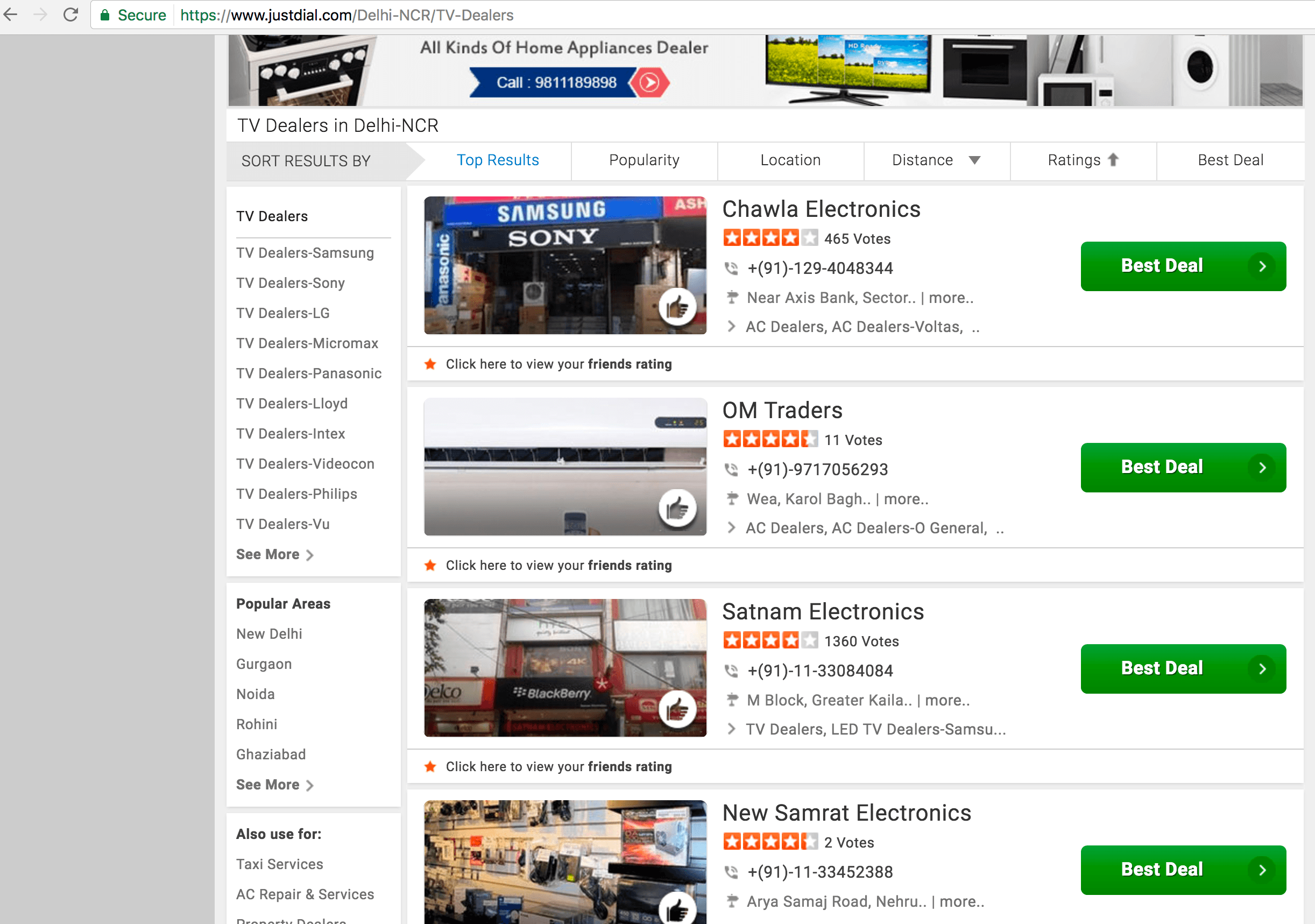We have been discussing about keyword research and SEO analysis in our inbound marketing certification course. But how do we use those keywords? Which are the best places to put them so as to optimize pages for search engines. One thing we will discussing more about is that on page SEO i.e. the optimization you do on your web page is becoming less relevant as compared to off page SEO. Off Page SEO means getting referrals to your sites, building links, social media marketing etc. However, we cannot undermine the importance of on page SEO.
On page SEO is important as it helps search engines understand the content that is present, then only will your off-page SEO work. Let’s start understanding how we can optimize pages for search engines using SEO analysis.
Optimizing URL
You would have seen the long URL’s on the website separated by “/”. Why don’t these websites shorten these URL like our website has done? The answer is simple. These websites are using their URL as a tool for keywords. It therefore helps in SEO analysis.
URL can actually help tell Google what your page is about. Is it necessary that all website use this SEO strategy? The answer is not really. They can help your website put a keyword. But if your website is already optimized you might not need a big URL. Users do not like a big URL either. So, the ideal length would be having website name, category, sub category and post. Anything more than this might irate the user and may affect the user-friendly nature of the site.
Let’s suppose The Buzz Stand URL is https://www.thebuzzstand.com/digital-marketing/SEO-analysis
Website- thebuzzstand.com
Category- digital marketing
Post- seo analysis
This is just a fictional URL and doesn’t exist in actual. There can be a sub category as well let’s say inbound marketing strategy. Then all these help Google identify the keywords for your website.
If your page is already published don’t change the URL. As there are chances it might have been already indexed and would lead to a redirect for the users who are trying to visit the site.
Why doesn’t The Buzz Stand use this?
This strategy is not a compulsion for SEO analysis. If we optimize using keywords at other places there is not a need. Also, it might slow things down though that it is going to be pretty small. Another point is that it might annoy the users. However, we do mention the post name in the URL instead of some numbers or code to help Google understand it.
Page Title Optimization
We all know what page title is. It is the heading of the page that is displayed when Google searches for your page. It is a part of the meta category. Optimizing page title is an essential part of SEO strategy. It helps search engine and the user know what the article is about. Placing a keyword here increases its relevance. From SEM Rush to Attracta every SEO tool would check the keywords in your title. It has a higher relevance than the content in the body.
What should be the length of Page Title?
It is 69 character for Google. However, I prefer to keep it below 60 for the reason that it is also crawled by other search engines which have a limit up to 60.


SEO Analysis using Meta title, meta description and meta keywords
Optimizing Page Description
Similar to Page Title, Page description can be of great importance as well. Optimize page description can help you increase the effectiveness of your inbound marketing strategy. As can be seen in the image, page description is displayed below page title when someone searches for it. Page description is also known as Meta description.
The page description should be such that it should engross the reader and make the user, click the link. In the image shown you can see how we have given a brief. If you divulge a lot of information, the user just might not click on your article as he would be getting the information there. If you give too little information he might think about your content as being worthless.
The page description should be about 160 characters. Anything more than that will not be displayed. In this space you should also try and have your keywords that will help you in the SEO strategy.
In short- 160 characters, draw reader’s attention, right amount of information and keyword placement will optimize your page description.
Optimizing Content for SEO Analysis
The body or your description would be the key for success. Even if you are able to draw users by SEO strategy, users would only stay if they find your content to be informative and engrossing. The content should have all the details and should be precise. Users don’t like same things being repeated over and over again.
How should your content be like?
We use a simple strategy to make users more engaging.
The first paragraph of your article should talk about what your article is about. What is that you might have discussed before and some brief definition/description of the term
The last paragraph should offer the user to read more about the things and if it is a promotional post it should have a link of the website explaining them you can help
Your most relevant keyword should be one in the first and last paragraph, maybe one or two in h1, h2 tags and maybe one in between. You do not want to stuff keywords. Use keywords only where you think they are appropriate. We have already discussed about keyword density. Make sure at no point of time it goes beyond 5%.
Use h1, h2 to highlight the topics. It helps users as well as search engines.
Your content should have at least 500 words so that Google and Users can gain something meaningful out of it. Try to keep the language of content as simple as possible. Doing this would definitely help your inbound marketing strategy.
Use of links
External links that point out of your content should be powerful and relevant. The search engines want that external links should benefit the user, therefore any low-quality link can damage your site.
Meta Keywords
Meta keywords help search engines understand, what the content is about. Therefore, include your keywords here.
Tags
Use of Tags help users and Search Engines understand at the content is about and help the post link according to the content
What is the difference between Meta keywords and Tags
Meta keywords are included in code editor but not visible to user. They don’t help the reader in any way. It helps the search engine understand the content. Whereas, tags help classifying the post and help make it easier for users.
Both of them are an important part of SEO strategy.
Use of Images
Images help increase the interest of readers and can help in making the content understandable to the user. While doing SEO analysis, we need to make sure image has a caption and alt text. You can use these spaces to include relevant keywords for your post.
Avoiding use of Flash
While doing your SEO analysis do remember, that removing any flash content. Flash content is neither liked by search engines nor users. It is because it is used by malicious and spam. If you would have a look at SEM Rush websites with flash would have a higher spam score. Also it reduces the loading speed which is not good for your SEO strategy.
Page Speed
Page speed is an important part of page ranking after the Penguin and Panda updates on Google. There are various tools but Google page speed test and Pingdom are the ones that I use.
Google page speed test tells you how fast loading your page is on website and mobile and assign a score out of 100. It also tells about the things that can be optimized in your site to make customer experience a better one.
Pingdom on the other hand gives you time taken to load your website across various parts where it has its servers and also tells for possible optimizations.
We would be discussing about tools that can help us optimize later on in our inbound marketing certification course. Till then, we need to make sure, you have a brief about the various techniques.
Ad placement
Some people might be wondering, what role ads have to play in SEO analysis? When you place an advertisement over the website, it consumes bandwidth on the side of consumer. Thus, it might slow down your site. Also, lots of advertisement on your website can get your customer irate and decreases the user-friendly nature of the website. Thus, it should be done under control.
Page layout
Page layout also has an effect on SEO strategy. A better page layout would be more user-friendly and it would be easier to find things what the user is looking for. Similarly, is the case for search engines. A website with better page layout help search engines to crawl faster and index easily. It also makes them increase the points for user-friendly interface.
For reading and learning further about inbound marketing strategy you can check out our inbound marketing certification course. In case of any help on SEO strategy you can contact The Buzz Stand.






